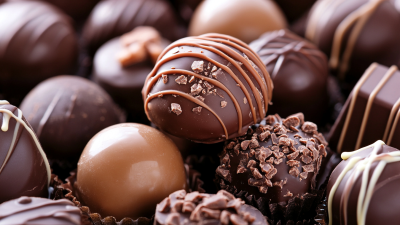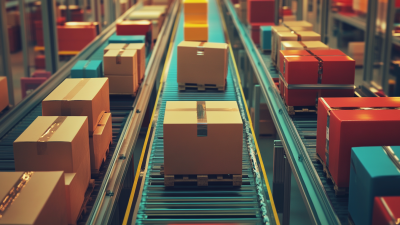Call for Price: 0086-15515573212
As the global chocolate market continues to flourish, projected to reach $200 billion by 2024, innovative technologies are transforming production processes, particularly in the domain of packaging. The Chocolate Wrapping Machine stands at the forefront of this evolution, driving efficiency and sustainability in operations. Recent industry reports indicate that automation in food packaging can reduce labor costs by up to 30%, while enhancing throughput and product consistency. Furthermore, demand for eco-friendly packaging alternatives is rising, pushing manufacturers to integrate advanced wrapping solutions that minimize environmental impact. With automation paving the way for smarter, faster, and greener packaging methods, the future of chocolate wrapping is poised to revolutionize how confectioneries are packaged and delivered to consumers worldwide.
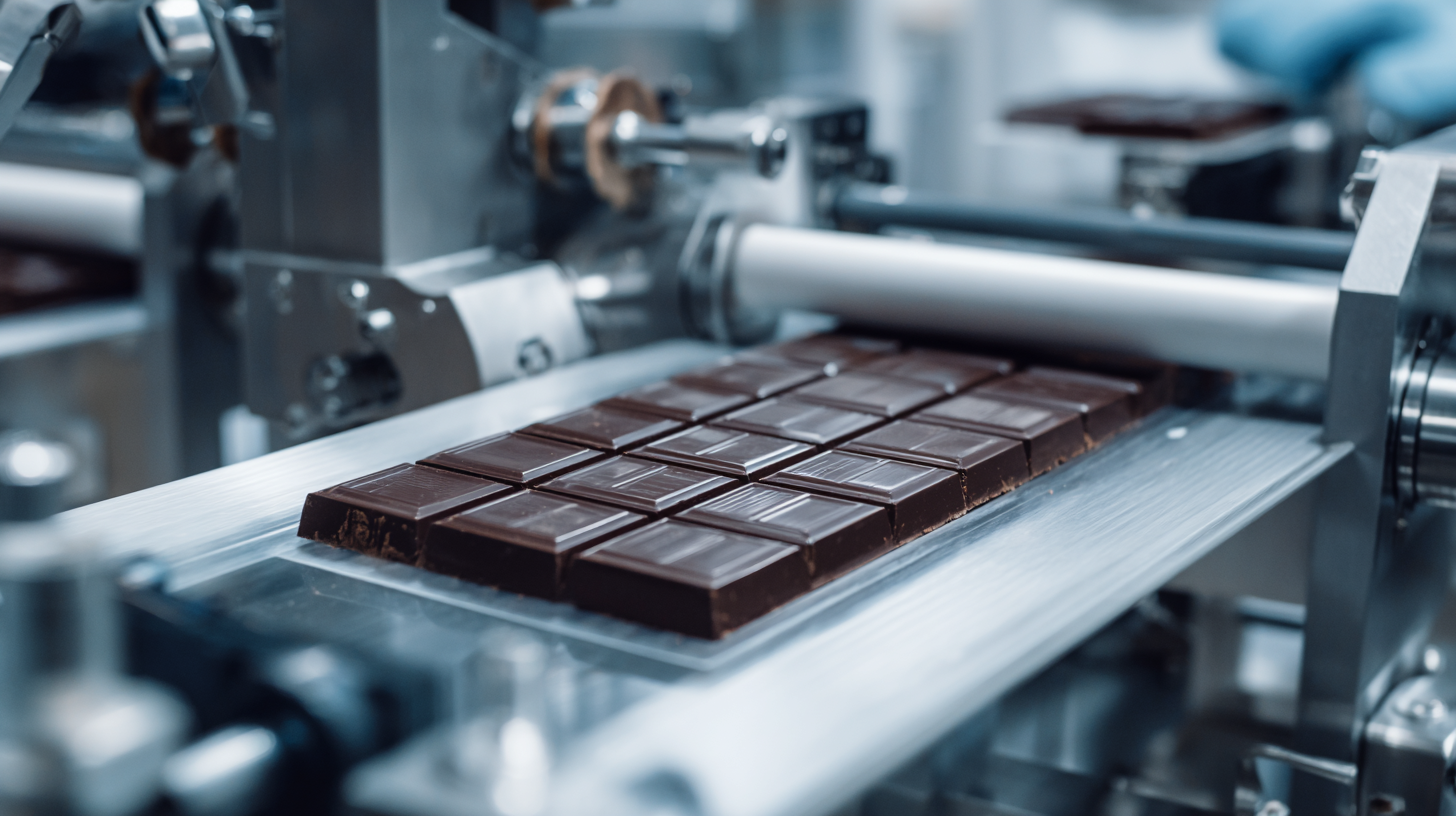
Automation in chocolate wrapping machines is at the forefront of technological innovation in the food processing industry. This evolution is primarily driven by the need for increased efficiency and cost-effectiveness. A report highlights that by 2025, the finished product market within the global confectionery sector is expected to thrive significantly, bolstered by segments like jellies and gummies, which have been seeing remarkable growth. As companies strive to meet consumer demands while managing costs, automation technology plays a crucial role in enhancing packaging processes.
In light of rising cocoa and sugar costs, many industry players are leveraging advanced automation techniques to optimize their operations. Recent strategies reveal that a more efficient operating model can lead to substantial cost savings while maintaining high-quality standards. As the confectionery market grows, with over 2200 startups emerging in related fields, the integration of cutting-edge technology becomes imperative. Not only does automation streamline production, but it also allows for greater flexibility in responding to market trends, thus ensuring companies remain competitive in a thriving marketplace.
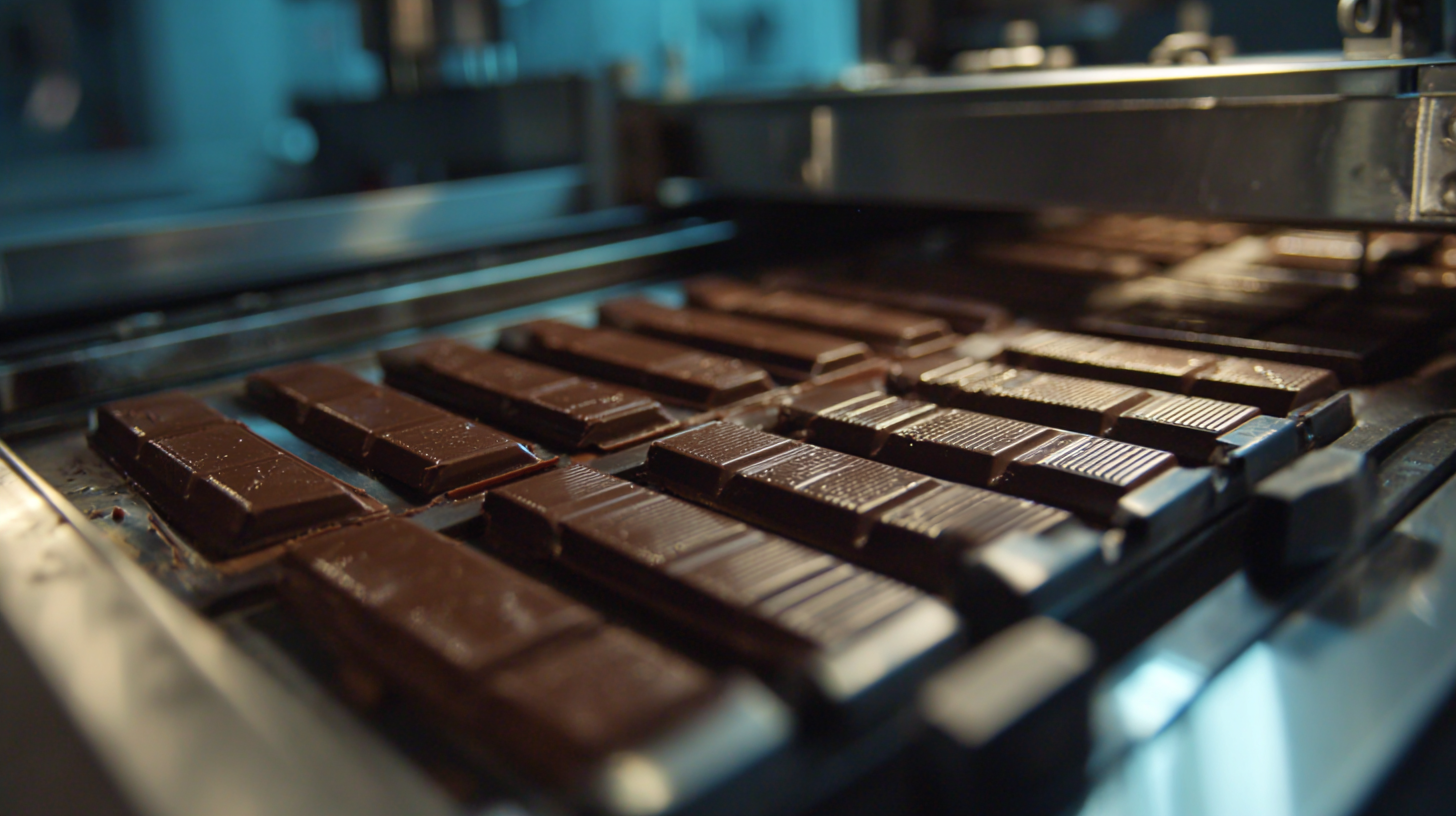
The integration of automation in chocolate production lines offers significant advantages, particularly in the area of wrapping machines. Automation streamlines the wrapping process, enhancing efficiency and consistency while reducing labor costs. By employing advanced technologies, chocolate manufacturers can ensure that every piece of chocolate is wrapped flawlessly, minimizing waste and improving productivity. This not only meets the increasing demand for quality but also speeds up the overall production process.
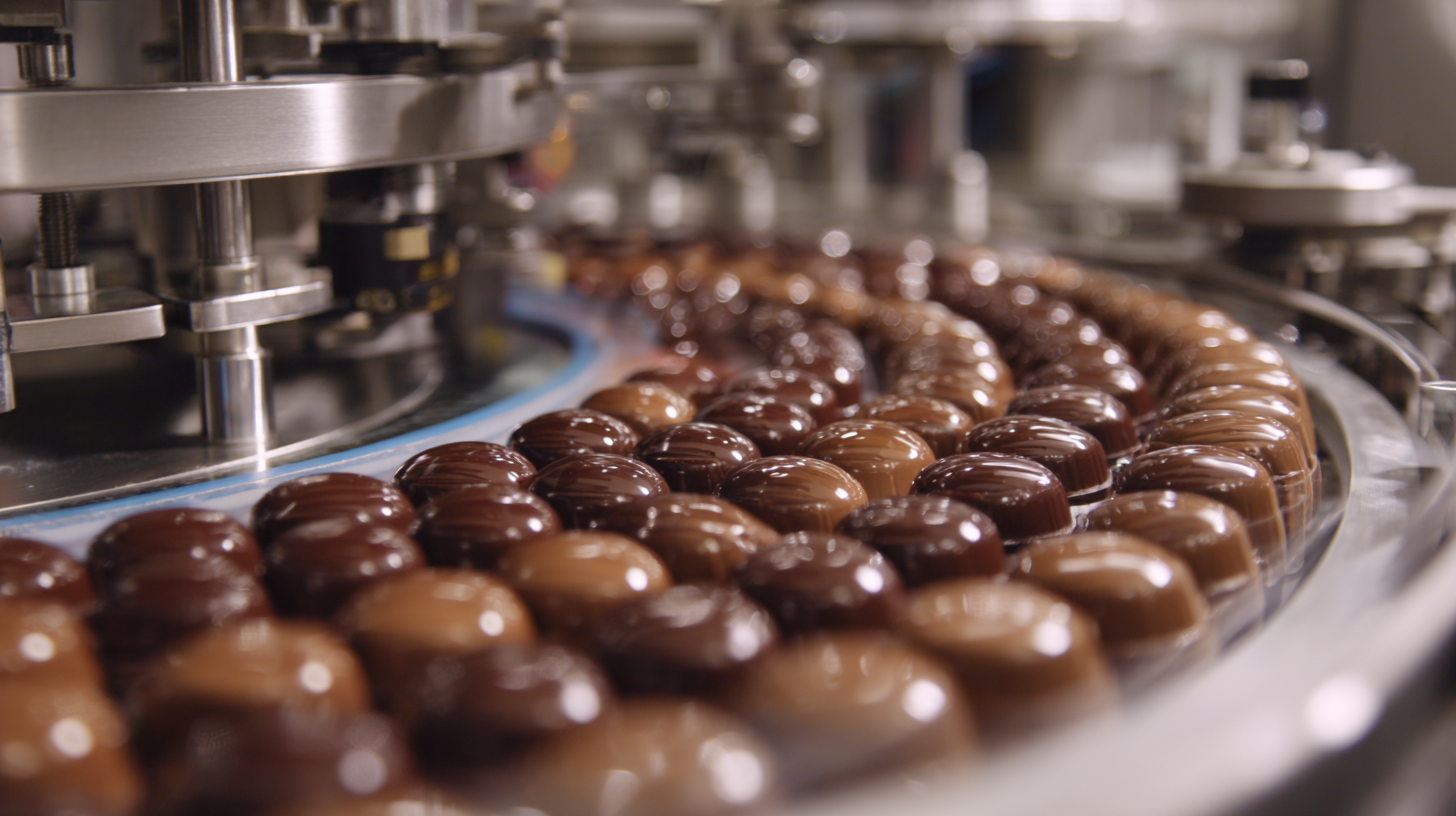
Moreover, automation fosters scalability, enabling manufacturers to easily adapt to fluctuations in market demand. As demonstrated in recent reports highlighting various automation advancements across industries, businesses focusing on custom automation solutions can achieve remarkable results. Implementing automated chocolate wrapping machines contributes to creating a more resilient production line capable of handling varying batch sizes without compromising quality. This evolution in chocolate production aligns with the broader trend of smart manufacturing, where optimized processes and innovative technologies play a pivotal role in shaping the future of the industry.
The chocolate wrapping industry is on the brink of a technological revolution, with AI and machine learning playing pivotal roles in transforming traditional processes. By incorporating smart algorithms, wrapping machines can now analyze production data in real-time, adjusting their operations to optimize efficiency and reduce waste. This data-driven approach not only enhances the speed of packaging but also ensures consistency in quality, leading to a more sustainable production model that meets increasing consumer demands.
Tips for Implementing AI in Chocolate Wrapping:
In the rapidly evolving landscape of chocolate packaging, automation not only enhances operational efficiency but also offers significant cost-saving strategies. As the global food automation market is projected to reach approximately $8.98 billion by 2025 and grow to $12.2 billion by 2033 at a compound annual growth rate (CAGR) of 3.9%, industry players are increasingly adopting automated systems. This shift is especially relevant in the chocolate sector, where the demand for both quality and quantity is paramount.
Recent collaborations between logistics firms and major food industry players aim to revolutionize packaging processes. For instance, the integration of automated systems into the supply chain is set to streamline operations, reduce labor costs, and minimize waste. Such advancements allow companies to efficiently manage large volumes of chocolate products, ensuring that packaging meets the industry's rigorous standards while also being cost-effective. The move towards automation not only signifies a strategic response to market demands but also a necessary step towards sustainable practices in chocolate production.
The automation of chocolate wrapping machines represents a significant advancement in food packaging, particularly in enhancing quality control. As the global AI in packaging market is projected to grow from USD 2.98 billion in 2026 to an estimated USD 6.47 billion by 2034, industries are increasingly investing in technologies that streamline operations and improve accuracy. Automation in packaging not only minimizes human error but also ensures that each wrapped product meets the highest quality standards, which is crucial in maintaining consumer trust and brand integrity.
Moreover, the food packaging industry is keenly aware of the risks associated with labeling inaccuracies. A single labeling error could trigger a nationwide recall, leading to substantial financial losses and damaging reputations. By integrating intelligent robotics and AI-driven technologies, companies can enhance compliance and reduce such risks significantly. These innovative solutions, which utilize machine learning and computer vision, are transforming quality control processes by providing real-time data analysis and automated inspections, thereby ensuring that every packaged chocolate not only looks appealing but is also safe for consumption. As the industry evolves, the adoption of these automated wrapping solutions is set to play a pivotal role in shaping the future of chocolate packaging.
